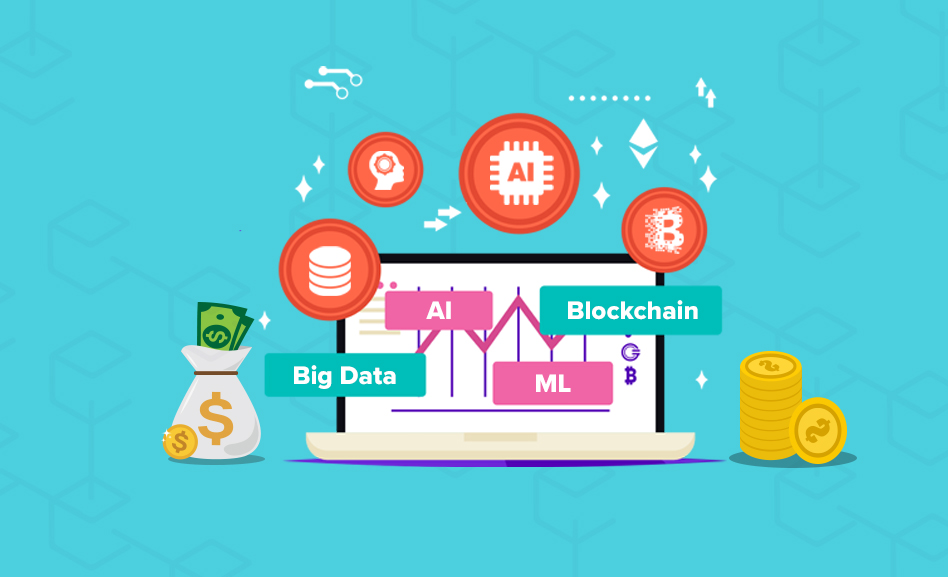
In a recent survey of marketers, 82% said that AI-generated content is just as good as human-generated content. This is a pretty big shift in perception, considering that just a few years ago, AI was seen as a threat to jobs in many industries. So what’s changed? Well, for one thing, there are now some great AI tools available that can help with content generation. For example, there’s an AI tool that can help with article writing by suggesting topic ideas and structuring articles for you. There are also AI tools that can help with creating videos and images. But it’s not just the tools that have gotten better – the content generated by AI has also gotten better. This is because AI is getting better at understanding human language and thus can generate more natural sounding and accurate content. So if you’re a marketer, there’s no need to worry about AI taking your job – in fact, it might just be able to help you do your job better!
Large language models are making waves in natural language processing (NLP), with applications rippling across fields from healthcare to robotics and beyond. These models are powered by deep learning, a branch of AI that is particularly well-suited to handling the complexities of human language. One of the most promising applications of large language models is in healthcare. NLP can be used to help doctors and other medical professionals make better diagnoses, plan treatments, and predict patient outcomes. For example, a recent study used an NLP model to read through millions of medical records and identify risk factors for heart disease. The model was able to identify previously unknown risk factors, such as a patient’s zip code. Large language models are also being used to improve the accuracy of predictive maintenance in industrial settings. In predictive maintenance, sensors are used to monitor equipment for signs of wear and tear. This data is then fed into a machine learning model that predicts when the equipment will need to be serviced or replaced. A large language model can be used to interpret the sensor data and make more accurate predictions about when maintenance will be needed. Finally, large language models are beginning to find their way into consumer products, such as smart speakers and digital assistants. These models allow these devices to understand natural language queries and respond in a way that is more natural for humans. As these models become more sophisticated, they will continue to revolutionize the way we interact with technology.

